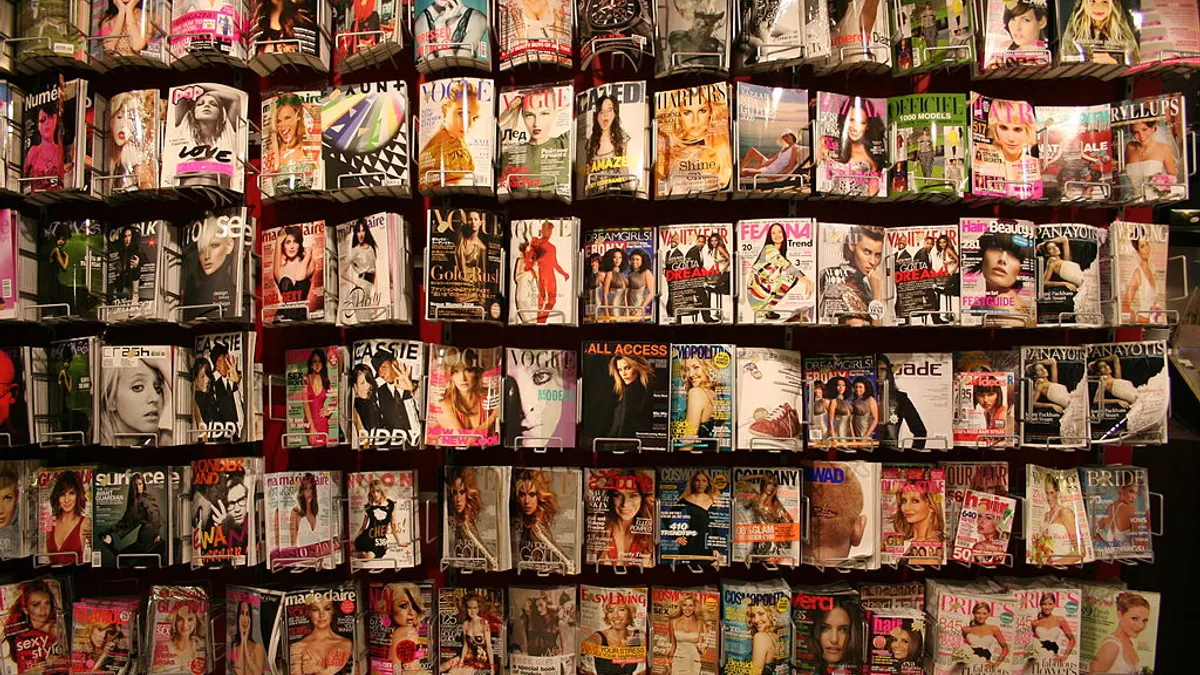As the popularity of programmatic buying grows, many publishers are seeking to hold on to their revenue in other ways. One avenue is to develop new premium ad offerings that go beyond display ads and offer extra incentive. Many publishers are experimenting with the delivery of various ad products and challenging the industry's ideas of what an ad should look like.
See what these three brands are doing with premium products to lure advertisers.
1. Quartz – Engaged Ads
Atlantic Media Co.'s Quartz has always marched to the beat of its own drummer. Launched in 2012, the digital publication is geared toward business people in the new global economy. Since that launch, Quartz has not used a single IAB unit in its advertising. The publication was built with the iPad in mind and developed from there to have a mobile- and desktop-friendly design. When it launched, the publication offered only two ad options: a display ad that ran along the bottom of an article and a sponsored content option in the Quartz Bulletin.
As native advertising has gained popularity among publishers since Quartz's launch, the publication has continued to develop its in-stream offerings into “Engaged Ads.” These have morphed into products that fall more in line with sponsored stories rather than display ads. The look is virtually seamless between editorial and advertorial. The result is an ad product that doesn’t disrupt the reader experience, which was one of Quartz's goals.
2. NPR – XAPP Ads
With more radio listeners going to an online streaming format with services like Pandora and Spotify, advertising has had to change to fit their needs. XAPPmedia has developed a voice-activated ad geared toward drivers, called XAPP Ads. Rather than click on a banner ad — which is dangerous and unlikely to happen — the ads have a call to action that encourages listeners to say “download now” or “learn more.”
The first publisher to test out XAPP Ads is NPR, with Lumber Liquidators serving as launch sponsor for the voice-activated ads going out to its million-plus listeners. One particularly valuable use for the ads is to eliminate the need to repeat phone numbers, instead adding a “Call Now” call to action that allows listeners to command a phone call to the advertiser. The ads can be paired with on-screen tiles if desired, but the main focus is to create view-free, hands-free, interactive ads for listeners.
There’s no programming skills needed to create the ads. Publishers and advertisers can develop them through XAPP Ads’ cloud-hosted point-and-click interface.
3. Cosmopolitan – Sponsored Cover
Women’s lifestyle magazine Cosmopolitan ran a sponsored cover in its May issue that was hard to determine as an ad. The cover featured plus-size super model Robyn Lawley and had titles from its editorial content inside. Upon closer inspection, one could see that the cover was actually a sticker and could be pulled off. L’Oreal has sponsored an editorial contest and was given a second cover as part of the sponsorship. The beauty brand also purchased 10 pages of ad space within the issue.
Cosmo Editor-in-Chief Joanna Coles told Women’s Wear Daily, “It gives me twice the real estate to explain what’s in the magazine. It’s not purely an ad. I suspect we’ve unleashed a trend.” According to Coles, the editorial team designed both covers, and the peel-off sheet is really more of a second cover than an ad product.
The cover may be a bit controversial in some circles for blurring the lines between ads and editorial. If using the American Society of Magazine Editors’ guidelines, Cosmopolitan is in clear violation: No. 1 on the list of best practices is “Don’t Run Ads on Covers.” Coles says the magazine is being mindful of its practices and adhering to all of the guidelines put forth by MPA — an organization affiliated with the ASME. Michael Clinton, president of Cosmo parent company Hearst, is chairman of MPA and also the brains behind the sponsored cover.
Would you like to see more marketing industry news and information like this in your inbox on a daily basis? Subscribe to our Marketing Dive email newsletter! You may also want to check out Marketing Dive's look at 10 examples of April Fools' marketing done right.














